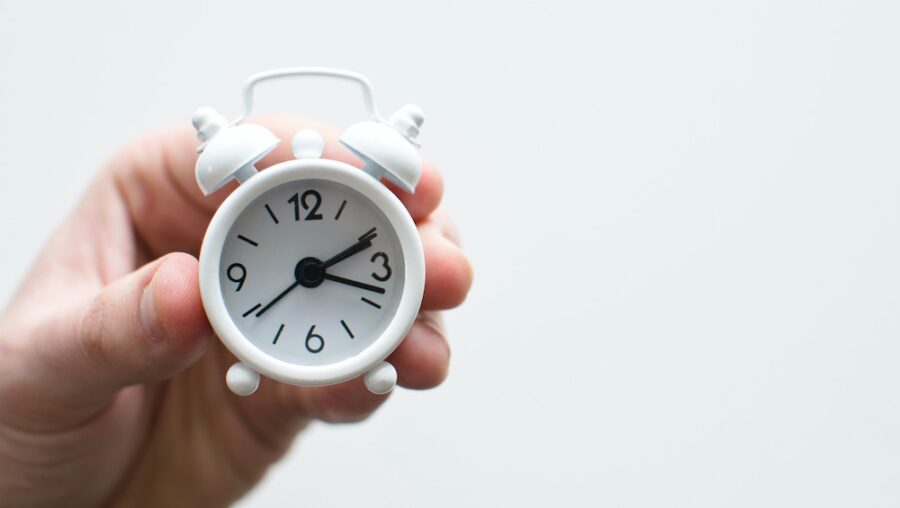Earth Needs A Leap Minute According To Time Scientist

A recent word from Popular Mechanics explains that one of the world’s leading time scientists believes that we would all benefit from introducing a leap minute.
Monitoring Earth’s Official Clocks

Judah Levine, head of the Network Synchronization Project in the Time and Frequency Division at the National Institute of Standards and Technology in Colorado, is in charge of maintaining the synchronicity of the world’s two main clocks.
He knows more than most about the mechanics of time, and he is the main pusher of utilizing a leap minute.
Levine’s main job is to monitor the Earth’s two official clocks; the Universal Time clock (using the Earth’s rotation around the Sun) and the atomic clock (using Cesium to keep time). The International Atomic Clock was first introduced in 1970, and it uses atoms to ensure it keeps the correct time.
Clock Issues

The issue with keeping the two clocks aligned for exact time is that a natural shift of time occurs regularly when you follow Universal Time, while atomic time is always uniform.
The world already observes leap seconds every year or so to keep the two clocks exactly aligned, but Levine suggests a leap minute would be more manageable.
Adding The Leap Minute

He believes that allowing the world’s two clocks to stray a little from one another could allow for a leap minute to be added to the atomic clock only every 50 years or so. However, the complications come in businesses and trades that rely on exact seconds for precise transactions.
Leap seconds have been added to the International Atomic Clock since 1972, and Judah Levine is actually responsible for the introduction of the aligning method. Levine has said that he believes shifting to a leap minute will help people who live in a world of exact time to relax a bit.
Small Deviations

While a small deviation in time won’t matter to most people, those who work in flight control or stock trading need to know that the times they are communicating are exact.
Shifting to a leap minute (to a layman’s ears) sounds like it would make jobs like flight control and stock trading less reliable and a little scary. Maybe there would be a one-minute leeway worked into every deal or in between every plane landing?
Tech Managing Time Variations

Some major tech companies have already created their own methods of managing time variations around the world. Google and Amazon, for example, ignore the leap second altogether and have both come up with slightly different ways of maintaining a congruent time.
To complicate the matter of time, there is already a planned pause in the workings for the leap second. In 2035, the world plans to observe a 100-year pause on the leap second, due to the disruption it causes for companies around the globe.
Everyone Must Agree

However, the pause will only be truly successful if everyone agrees to do it, and Russia is notoriously bad at going with the flow. They are likely to disagree with the idea of doing away with a leap second (or the introduction of a leap minute), because of their Glonass satellite (which runs on a system that uses the leap second).












